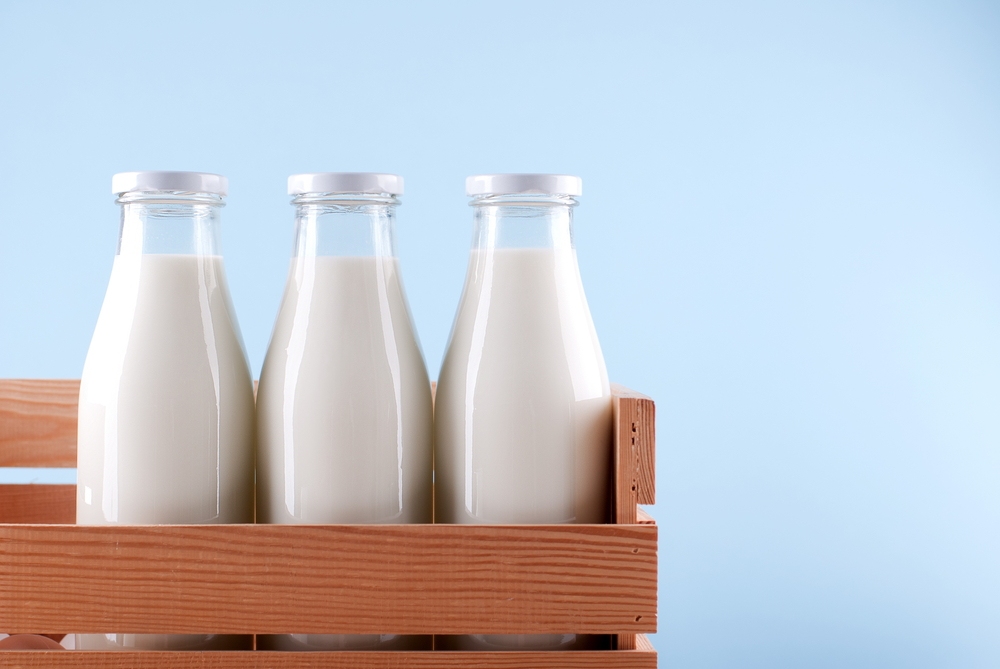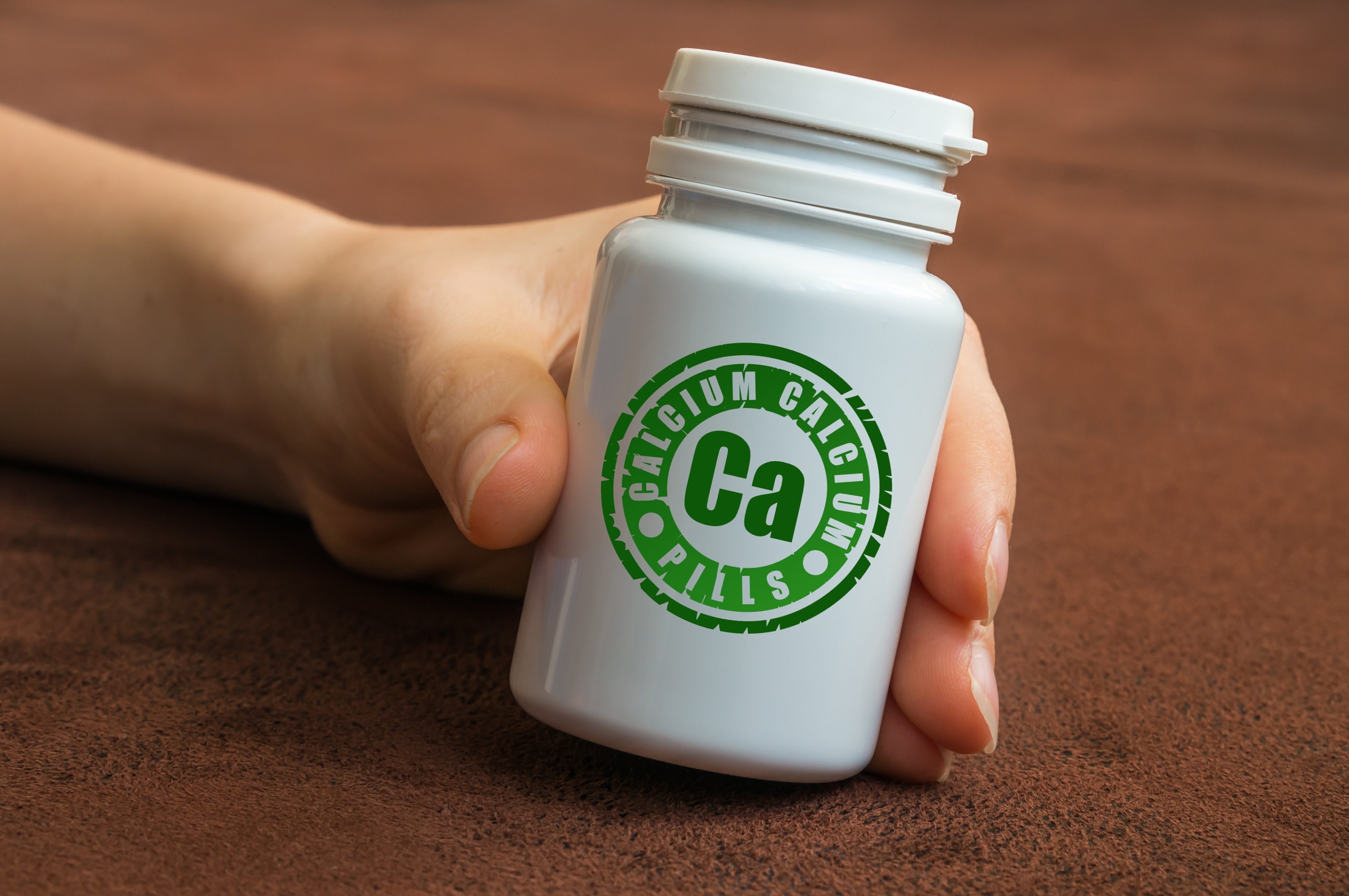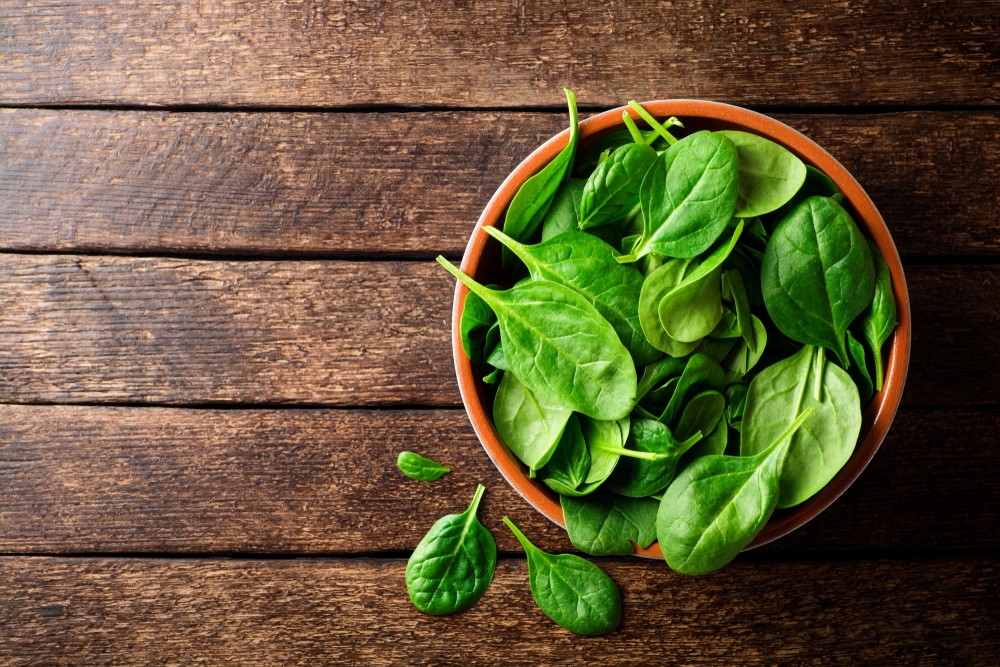
Children want to grow taller, the more calcium, the better?
My children don’t like to drink milk. They are extremely anxious!
Is there so much to pay attention to taking calcium tablets?
These are many parents often have doubts. Calcium, for every age children’s bone growth, height development, is very important. To help children eat enough calcium, just need to pay more attention to some small details, avoid common minefields, the effect can be great.
Different age groups and different calcium supplement methods
No matter which age group, milk is the main source of calcium. After adding supplementary foods, according to the improvement of chewing function, we began to gradually try to add various other foods rich in calcium.
Referring to < < Reference Intake of Dietary Nutrients for Chinese Residents (2013 Edition) > >, different children need the following amount of calcium per day:
0 ~ 6 months
200 milligrams of calcium is required every day. The only food for newborn babies is breast milk or formula milk, and they need to drink enough milk (more than 600 milliliters) every day. In addition, it should be noted that the content of vitamin D in breast milk is relatively low, but it is the key to promoting the absorption and utilization of calcium and successfully supplementing calcium.
Therefore, breast-fed babies can take vitamin D 400-800 IU daily (400-600 IU in the south and 600-800 IU in the north) from 1 to 2 weeks after birth. National food safety standards stipulate that vitamin D must be added to formula milk powder.
7 ~ 12 months
Calcium needs 250 milligrams every day. In addition to breast milk or formula milk (600 ~ 800 milliliters), this period began to add supplementary food, texture from semi-liquid to coarse grain mentality. Calcium content is rich in baby rice paste, baby yogurt, egg yolk mud, steamed tofu, chopped vegetables, etc., are good choices.
Example:
600 ml of breast milk/formula milk, containing 200 mg of calcium;
Baby rice paste 30g, containing 44 mg of calcium;
One egg yolk contains 22 milligrams of calcium.
1 ~ 3 years old
The recommended calcium intake is 600 milligrams per day. The main source of calcium is from breast milk to milk and dairy products. At this time, children’s chewing ability is greatly enhanced, and it is also the stage of exploring food. You can try a variety of different sources of calcium and do more food exploration. For example, boiled eggs, sesame paste, dried fish, etc.
Example:
250 milliliters of milk, containing 250 milligrams of calcium;
A bowl of sesame paste (containing 20g sesame) containing 195 mg calcium;
One white boiled egg, containing 35 milligrams of calcium;
25g of dried fish, containing 150 mg of calcium;
100 grams of hard tofu, containing 100 milligrams of calcium.
4 ~ 6 years old
The recommended calcium intake is 800 milligrams per day, which is equivalent to the recommended calcium intake for adults.
7-17 years old
The recommended calcium intake is 1,000 mg per day for 7-10 years old, 1,200 mg per day for 11-13 years old and 1,000 mg per day for 14-18 years old. The recommended calcium intake is greatly increased for adolescents in growth and development.

During this period of time, food choices have been basically the same as those of adults. Pay special attention to the golden period of 11-13 years old when height increases. Be sure to ensure the intake of milk and dairy products. On the basis of the above, add all kinds of fish, soybeans and bean products, and all kinds of nuts, which are all good choices.
Example:
Breakfast: 250 milliliters of milk, containing 250 milligrams of calcium;
Lunch: 200 grams of pakchoi, containing 234 milligrams of calcium;
Dinner: 200g rape, containing 300mg calcium; Canned sardines 100g, containing 500 mg of calcium;
Snacks: 100g yogurt, containing 160mg calcium; There are about 23 almonds containing 100 milligrams of calcium.
What if children don’t like to drink milk?
We have always stressed the importance of milk to supplement calcium, but what if children just don’t like to drink it?
First of all, parents should adjust their emotions and relax their hearts: since they start drinking milk from infancy, it is normal for many children to lack interest in milk. Don’t destroy the parent-child relationship for drinking milk, and also avoid increasing children’s antipathy to milk.
Secondly, you can try to make snacks with fresh milk and milk powder, such as milk steamed bread and fresh milk pudding, to increase children’s appetite. You can also use milk to steam Luzhou-flavor egg custard and milk to make milk-flavored mashed potatoes. You can also use seasonal fruits to add fresh milk to make milkshakes with beautiful colors, supplement calcium and also increase various vitamins and fibers.
In addition to milk, yogurt and cheese, you can also try a variety of high-calcium foods: soya-bean milk, tofu, dried bean curd and green leafy vegetables, as well as dried small fish, sesame and nuts are all natural foods with high calcium.
Common Mistakes in Calcium Supplement
Myth 1: Only pay attention to spending money on various calcium tablets and calcium agents,
Pay more attention to your usual diet and ensure that your food is diversified. You really don’t need to spend any more money on calcium supplements. If children are especially picky about food or parents are especially nervous, it is best to consult a doctor or nutritionist first.
Calcium supplement is not the more calcium the better oh, to just right. For young children, 2500 milligrams of calcium is the limit. Excessive calcium affects the absorption of iron and zinc, and will also improve the possibility of kidney stones. Calcium supplements may also cause flatulence, farting, constipation and other gastrointestinal ceaseless.
If there are special circumstances and calcium supplements are needed, it should be noted that the absorption rate of calcium is limited, and it is better to take 200-300 milligrams each time. Taking it 2-3 times a day can be absorbed and utilized by the human body more than taking it centrally and once a day.

Myth 2: Blindly Pursuing High Calcium Snacks
Snacks such as milk drinks and biscuits that flaunt [high calcium] are especially attractive to parents. In fact, these foods are often just gimmicks promoted by merchants.
For pure milk, the little extra calcium in [high calcium milk] only accounts for a little of the calcium it is already rich in, and is not worth spending more expensive prices.
For milk drinks, those who claim to add vitamin A, vitamin D and calcium should pay attention to the word [drink]. Children should limit the addition of sugar as much as possible. Sweet drinks and eating too much sugar are really meaningless.
For [high calcium] biscuits or bread, they often contain a lot of sugar and salt. Too sweet or too salty will destroy children’s taste buds and the taste of eating will become heavier and heavier.
These snacks should cater to children. Sugar and grease are usually added to off the charts. If you accidentally eat too many calories, this is how small fat people are formed.
Myth 3: Believe that pig bone soup and fish soup supplement calcium
This is purely a beautiful misunderstanding of [what you eat and what you supplement]. Calcium in pig bones and fish bones is very difficult to dissolve in water, so calcium in soup is very small.
Neglected Tips for Calcium Supplement
An Expert in Supplementing Calcium in Vegetables

Dark vegetables such as spinach and amaranth are not low in calcium content, but a slight disadvantage is that they contain anti-nutritional factors such as oxalic acid. Brassica vegetables are an exception, such as Chinese cabbage, Qingjiang vegetables, western blue flowers and cabbage. The low oxalic acid content can make them a good source of calcium.
Choosing tofu is very important.
The calcium content of tofu is related to the making process. Gypsum (calcium sulfate) or brine (calcium chloride) used in traditional tofu greatly increase the calcium content of tofu, which is easily absorbed by the human body. Lactone tofu is made of gluconic acid lactone and has a very low calcium content.
The order of calcium content in tofu is hard tofu > soft tofu > tofu flower.
Japanese tofu is made of eggs and basically contains no calcium.
Embrace Sunshine and Exercise More
In addition to supplementing calcium in diet, taking children out to stretch their bones and muscles on sunny days can promote vitamin D synthesis, accelerate calcium absorption in human body and increase bone health.
Cooperate with moderate exercise to strengthen children’s bone density. Like parent-child yoga, playing basketball and other sports. No time? No space? As long as you have a rope and a foothold, you can also achieve good results by skipping rope for 10 minutes every day.
